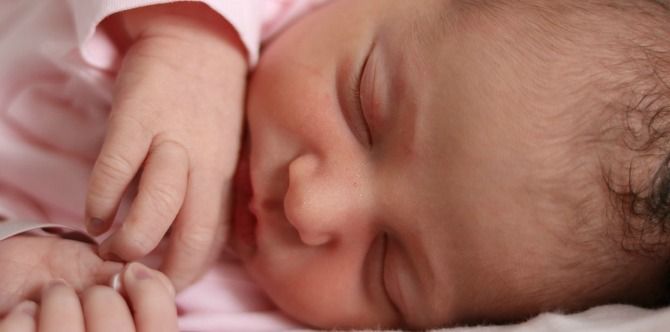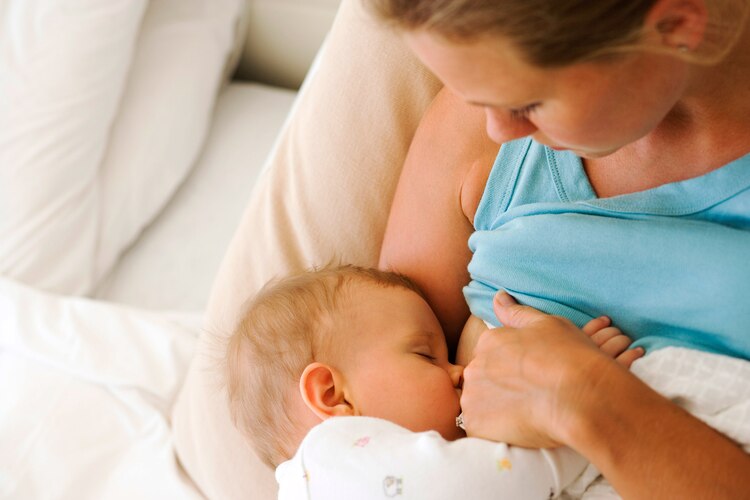Do you know about SIDS?

Sudden Infant Death Syndrome (SIDS) | Symptoms & Causes
If you’re concerned that your child or grandchild is in danger of SIDS, it will comfort you to know that Boston Children’s Hospital has a tremendous amount of experience counseling parents on techniques to greatly reduce the risk.
What is SIDS?
Sudden infant death syndrome (SIDS) is the sudden and unexplained death of a baby younger than 1 year old. A diagnosis of SIDS is made if the baby’s death remains unexplained even after a death scene investigation, an autopsy, and a review of the clinical history.
SIDS is part of a larger category of unexpected (as opposed to unexplained) infant deaths called SUDI (sudden unexpected death in infancy). Babies who die suddenly but whose causes of death are later explained (infection, brain abnormality, cardiac dysfunction, etc.) also fall into this SUDI category.
Who is at risk for SIDS?
SIDS is a mysterious syndrome, since by its very definition the cause cannot be determined. But certain risk factors do exist.
About 2,300 babies in the United States die of SIDS each year. Some babies are more at risk than others. For example, SIDS is more likely to affect a baby who is between 1 and 4 months old, it is more common in boys than girls, and most deaths occur during the fall, winter and early spring months.
Factors that may place a baby at higher risk of dying from SIDS include the following:
- babies who sleep on their stomach or their side rather than their back
- overheating while sleeping
- too soft a sleeping surface, with fluffy blankets or toys
- mothers who smoke during pregnancy (three times more likely to have a baby with SIDS)
- exposure to passive smoke from smoking by mothers, fathers, and others in the household doubles a baby's risk of SIDS
- mothers who are younger than 20 years old at the time of their first pregnancy
- babies born to mothers who had little, late, or no prenatal care
- premature or low birth weight babies
- having a sibling who died of SIDS
Are there any theories about why SIDS occurs?
While the cause of SIDS is unknown, many clinicians and researchers believe that SIDS is associated with problems in the ability of the baby to arouse from sleep, to detect low levels of oxygen, or a buildup of carbon dioxide in the blood. When babies sleep face down, they may re-breathe exhaled carbon dioxide. Normally, rising carbon dioxide levels activate nerve cells in the brainstem, which stimulate the brain's respiratory and arousal centers. The baby then wakes up, turns his head, and breathes faster to get more oxygen. SIDS babies, however, may fail to rouse.
The “Triple-Risk Model” for SIDS has been proposed to explain how SIDS occurs. The model holds that SIDS occurs when three conditions exist simultaneously:
- the infant has an underlying (e.g., brainstem) abnormality that makes him unable to respond to low oxygen or high carbon dioxide blood levels
- the infant is exposed to a triggering event such as sleeping face down on its tummy
- these events occur during a vulnerable stage in the infant’s development, i.e., the first 6 months of life
How is SIDS diagnosed?
A baby is determined to have died from SIDS if no cause of death can be identified following a death scene investigation, an autopsy, and a review of the clinical history. Thus, SIDS is a diagnosis of exclusion: SIDS as a cause of death is determined only when all other causes have been excluded.
Can SIDS be prevented?
Because researchers at Children’s and elsewhere are still researching the possible causes of SIDS, there is currently no way to “prevent” the syndrome from occurring. But you can vastly reduce your baby’s risk of SIDS by:
- putting your baby to sleep on his back
- using a firm sleep surface and keeping fluffy blankets and stuffed animals out of his crib
- not overheating your baby or his room when he sleeps
- not smoking when you are pregnant and not allowing anyone to smoke around your baby
- breastfeeding
Causes of SIDS
SIDS is a mysterious syndrome, and by its very definition the cause cannot be determined. Children’s researchers have uncovered strong evidence that SIDS has a biological basis, and are continuing to work towards determining the underlying causes and identifying at-risk babies.
Who’s at risk
- babies who sleep on their stomachs
- premature or low birth weight babies
- babies who become overheated during sleep
- babies who sleep on too soft a surface, or who cribs have soft blankets and bumper pads
- babies who have a sibling who died of SIDS, or whose family history includes failure to thrive
Prevention
- place your baby on his back to sleep
- keep fluffy blankets and stuffed animals out of his crib
- don’t overheat the baby or his room when he sleeps
- don’t allow anyone to smoke around your baby
- breastfeed your baby
Parents’ smoking increases the risk of SIDS
Diseases caused by smoking kill almost a half-million people in the United States every year. Despite anti-smoking campaigns and medical warnings, more than 6,000 children and teens smoke their first cigarette each day — and half of those will become regular smokers. Pregnant moms who smoke increase their babies’ risk of SIDS. Quitting smoking is one of the best things you can do for your baby’s health — and your own.
*Article taken from https://www.childrenshospital.org/conditions-and-treatments/conditions/s/sudden-infant-death-syndrome-sids/symptoms-and-causes



Comments